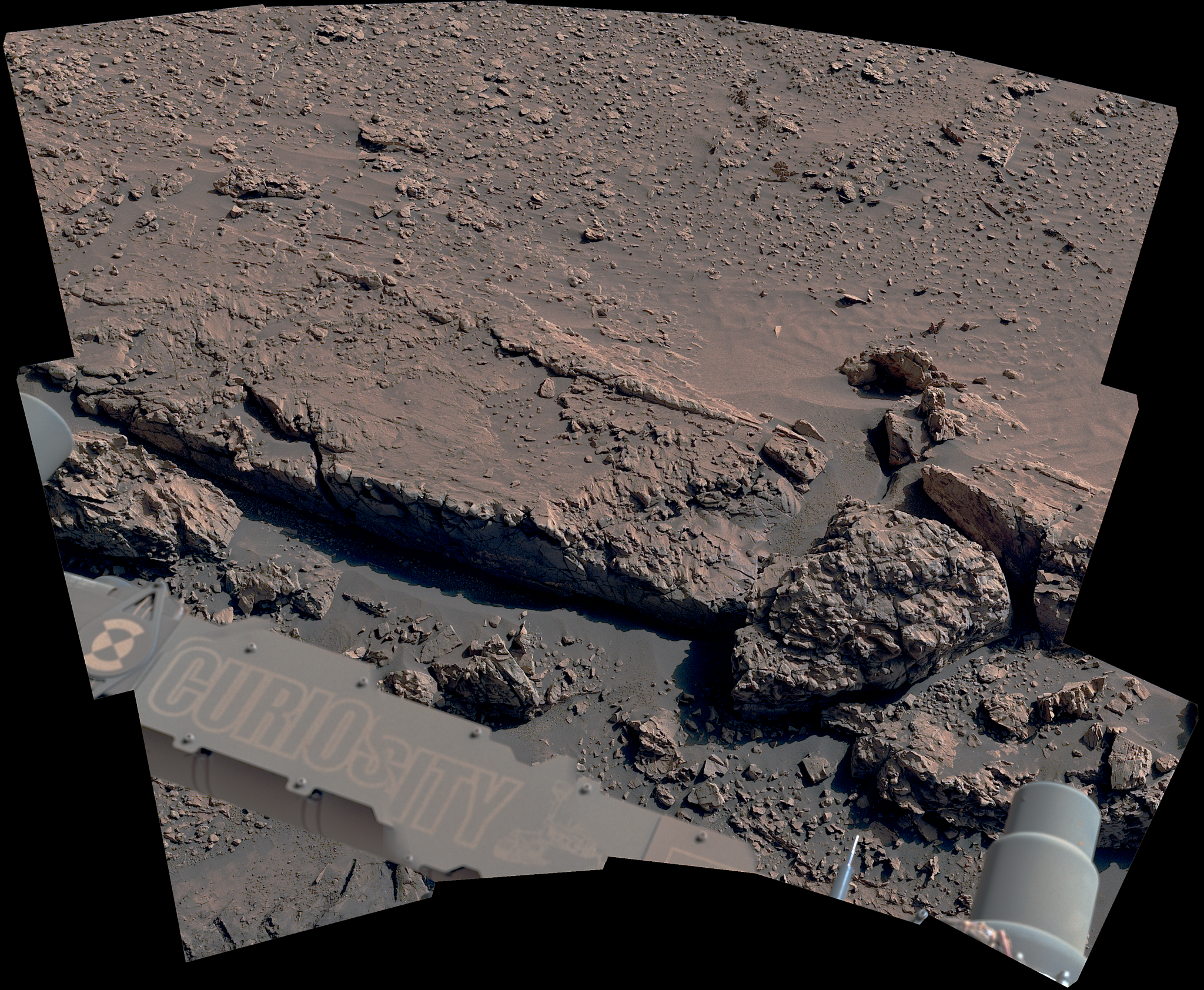2025-06-23 マックス・プランク研究所

Global vegetation cover and ice thickness 126,000 years ago. © Mateo Duque Villegas
<関連情報>
- https://www.mpg.de/24879459/recurring-cases-of-saharan-and-sahelian-greening-over-the-past-800-000-years
- https://cp.copernicus.org/articles/21/773/2025/
アフリカ北部における氷河期の植生変化のパターンスケーリングによるシミュレーション Pattern scaling of simulated vegetation change in northern Africa during glacial cycles
Mateo Duque-Villegas, Martin Claussen, Thomas Kleinen, Jürgen Bader, and Christian H. Reick
Climate of the Past Published:10 Apr 2025
DOI:https://doi.org/10.5194/cp-21-773-2025
Abstract
Over the last hundreds of millennia, natural rhythms in Earth’s astronomical motions triggered large-scale climate changes and led periodically to humid conditions in much of northern Africa. Known as African Humid Periods (AHPs), such times sustained vast river networks, vegetation, wildlife, and prehistoric settlements. The mechanisms, extent, and timing of the changes remain poorly constrained. Although AHPs along glacial cycles are recognizable in marine sediment records, the related land cover changes are difficult to reconstruct due to the scarcity of proxy data over the continent. Moreover, most available information covers only the latest AHP during the Holocene. Here we use a comprehensive Earth system model to look at additional, much earlier, possible cases of AHPs. We simulate the full last glacial cycle, aiming to reproduce the last four AHPs as seen in available proxies. The simulated AHPs seem in broad agreement with geological records, especially in terms of timing and relative strength. We focus on the simulated vegetation coverage in northern Africa, and we detect a dominant change pattern that seems to scale linearly with known climate forcing variables. We use such scaling to approximate northern African vegetation fractions over the last eight glacial cycles. Although the simple linear estimation is based on a single mode of vegetation variability (that explains about 70 % of the variance), it helps to discuss some broad-scale spatial features that had only been considered for the Holocene AHP. Extending the climate simulation several millennia into the future reveals that such (palaeo-based) pattern scaling breaks when greenhouse gases (GHGs) become a stronger climate change driver.


